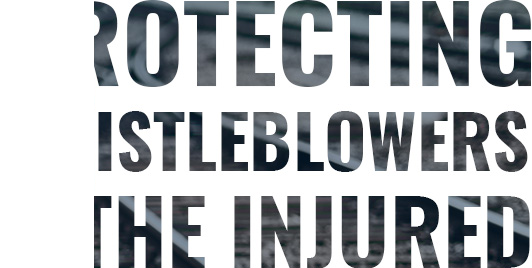When something unpredictable happens on a train track, railroad workers need a way to stop the train as quickly as possible. Examples include cars getting stuck on the tracks, people walking on the tracks or two trains accidentally ending up heading toward one another on the same line. In all of these cases, an accident could lead to catastrophic injuries. Do trains have emergency breaks to prevent such an incident?
Brakes exist, but they’re limited in their power
Freight trains and passenger trains do have emergency brakes. These are typically controlled by the engineer. They’re simply a faster way to aggressively slow and stop the train when needed. Some passenger trains, like subway systems, have emergency brakes for passengers. For freight lines, though, the engineer controls the brake.
The biggest thing to note about these emergency braking systems is that they still have major limitations. Because of their size, weight and speed, trains do not stop quickly, even under emergency conditions. From the time the brake is applied to the time that the train stops, it may cover more than a mile of track.
This means that even well-trained workers may have no way to avoid an accident. There is only so much they can do. If a report comes in of another train on the line a half a mile ahead, they can reduce their speed before impact, but they probably can’t stop entirely.
Your rights after a railway injury
If you get injured in a railway accident, you absolutely need to know about all of the rights that you have to compensation. An experienced advocate can help you with the steps you need to take next.

